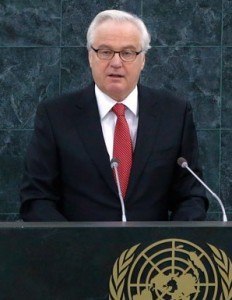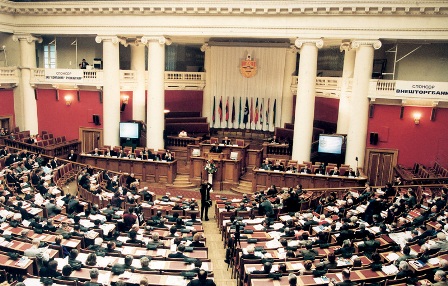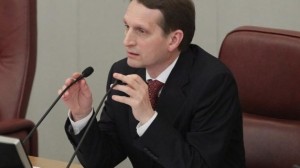One day after Russian tanks crossed the Russia-Ukraine border, the EU invited Russia to participate in EU-Ukraine trade agreement talks. The EU continues to include Russia in efforts toward peace in Ukraine, despite the continued violence of pro-Russian fighters in Ukraine, who, according to the Ukrainian government, the US government, NATO, the EU and others, are aided by Russia–allegations which, although supported by proof, Russia continues to deny.
EU president Herman Van Rompuy made strong statements Saturday on Russia’s involvement in Ukraine. On Saturday, Van Rompuy said, “There is … no doubt that the armed fighters that are terrorizing and disrupting the lives of citizens in Ukraine, are enjoying external support, including arms supply and reinforcement through foreign fighters.”
“As a neighboring state, Russia bears a primary responsibility in ensuring that any such traffic and external support through its borders is immediately stopped,” Van Rompuy further commented.
The US State Department recently confirmed reports that Russian tanks had entered Ukraine, saying, “We assess that separatists in eastern Ukraine have acquired heavy weapons and military equipment from Russia, including Russian tanks and multiple rocket launchers… Russia will claim these tanks were taken from Ukrainian forces, but no Ukrainian tank units have been operating in that area. We are confident that these tanks came from Russia.”
Russia Has Sent Tanks Into Ukraine, Says US State Department
NATO supplied evidence about the veracity of the claims of Russian tanks entering Ukraine over the border. “The tanks do not bear markings or camouflage paint like those used by the Ukrainian military. In fact, they do not have markings at all, which is reminiscent of tactics used by Russian elements that were involved in destabilizing Crimea.
“These images raise significant questions concerning Russia’s role in facilitating instability in eastern Ukraine and its involvement in the movement of military equipment from Russian territory into Ukraine. If these latest reports are confirmed, this would mark a grave escalation of the crisis in eastern Ukraine in violation of Russia’s Geneva commitments”.
Last Friday, however, the president of the European Commission, Jose Manuel Barroso, restated its willingness to include Russia. “[C]oming back to the agreements with Ukraine, Moldova and Georgia that we are going to sign in Brussels in June 27,” said Barroso, “I want to reiterate our willingness, as European Union, to pursue talks with Russia, to discuss the concrete implementation of these agreements, in case there are any concerns on the Russian side. Of course we have to respect the content of these agreements, what was already decided by the governments of these countries, but if there are some concerns, if there are technical issues that the Russian authorities want to clarify, we are ready for it.”
“So our message, as European Union, is a message of dialogue and cooperation, not a message of confrontation. At the same time we have to be firm in the respect of the sovereign right of any country to decide its own future.”
The EU leader reiterated “an appeal to Russia to engage constructively with Ukraine and to give concrete steps and clear evidence of de-escalating efforts.”
Meanwhile, the fighting in Eastern Ukraine continues. A second Ukrainian troop carrier plane was shot down at an airport near Luhansk airport Friday. The Il-76 transport plane was shot down with a MANPADs and was carrying 40 paratroopers and 9 crew.
By Day Blakley Donaldson
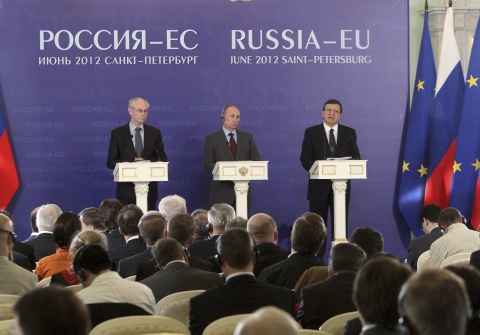
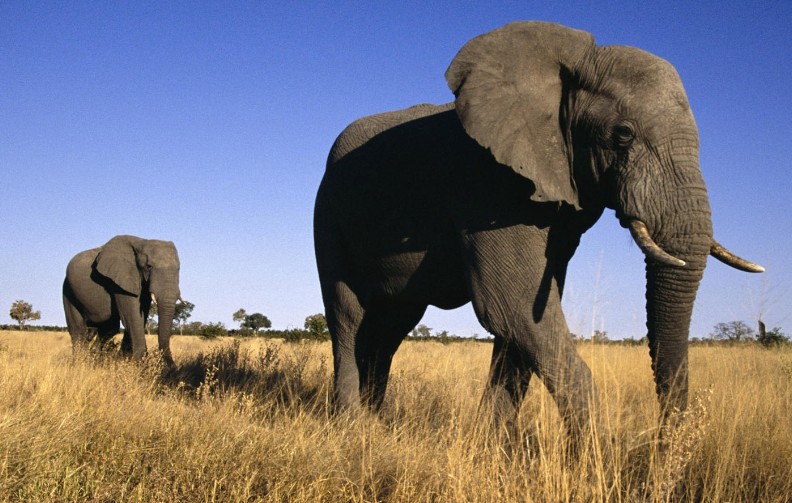
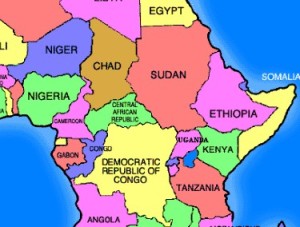

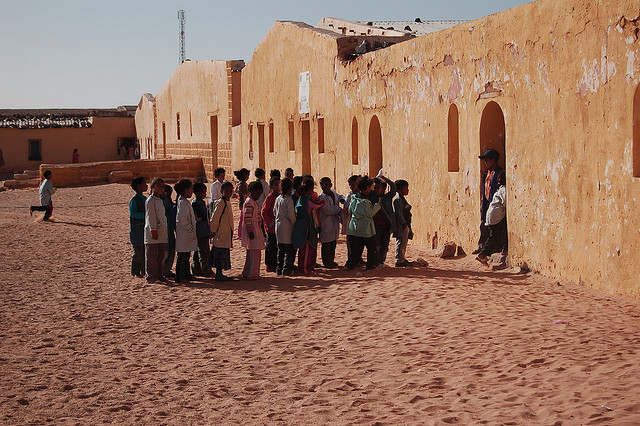
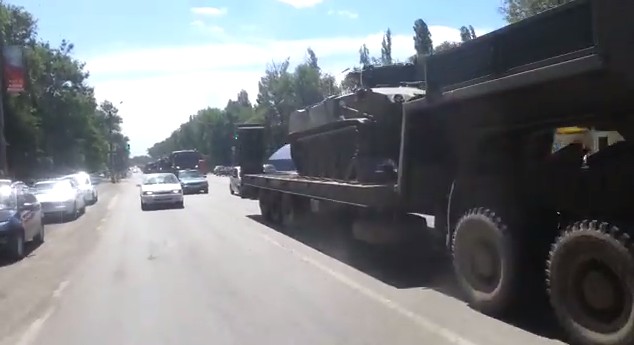
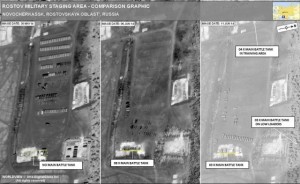
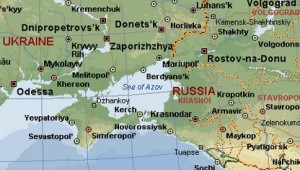
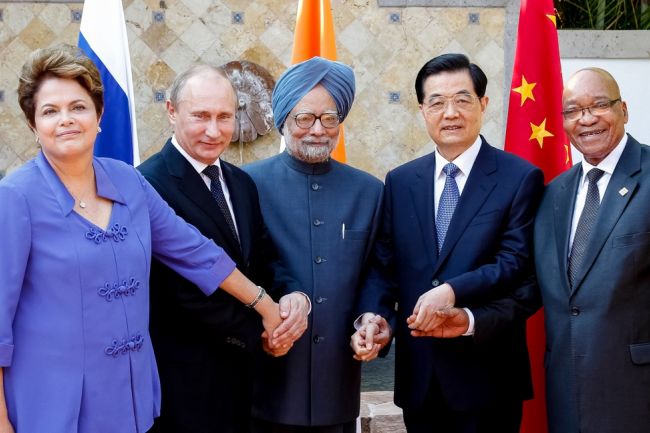
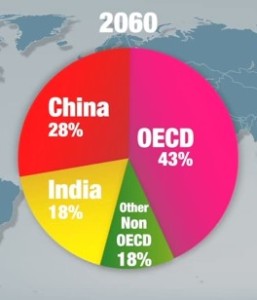
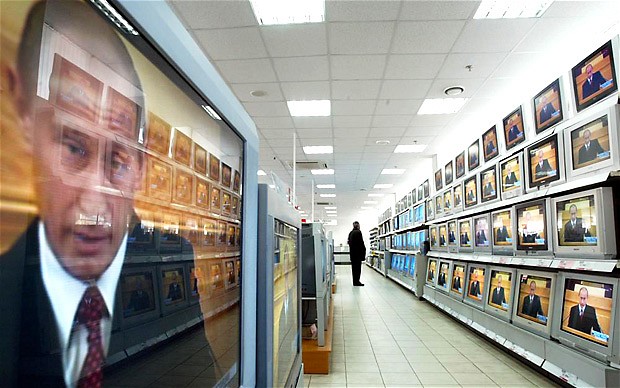
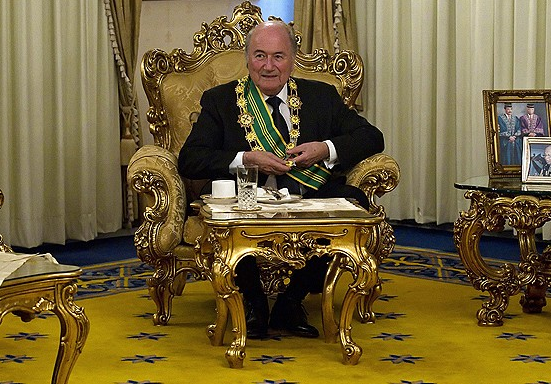
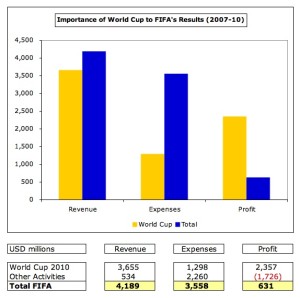 $631 million surplus, allowing FIFA to increase its reserves to $1.3 billion. Of the $4.2 billion in revenue in 2010, 87 percent ($3.7 billion) came from the World Cup, the main income source for FIFA. After expenses of $1.3 billion, FIFA profited $2.3 billion.
$631 million surplus, allowing FIFA to increase its reserves to $1.3 billion. Of the $4.2 billion in revenue in 2010, 87 percent ($3.7 billion) came from the World Cup, the main income source for FIFA. After expenses of $1.3 billion, FIFA profited $2.3 billion.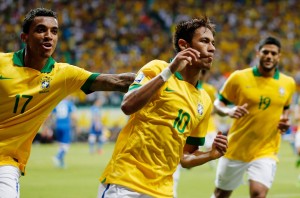 FIFAs second largest source of income is World Cup rights, which in 2010 amounted to $1.1 billion. Marketers, such as Adidas,
FIFAs second largest source of income is World Cup rights, which in 2010 amounted to $1.1 billion. Marketers, such as Adidas, 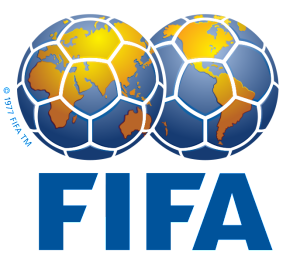
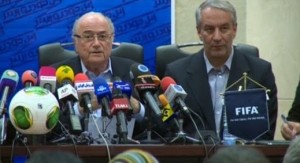 In response to strong accusations of corruption, FIFA issued
In response to strong accusations of corruption, FIFA issued 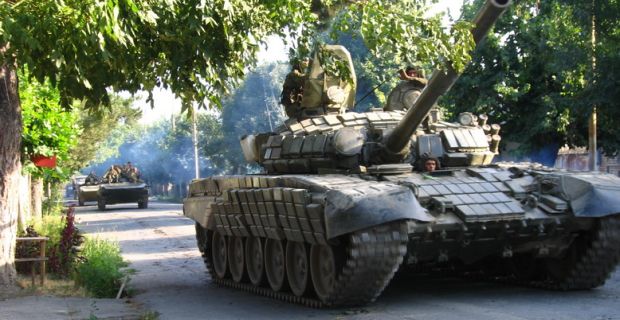
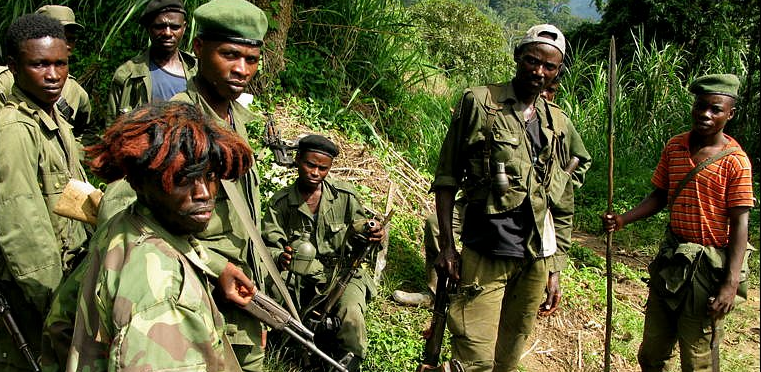
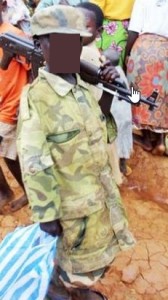 raped. Nearly 50 women and girls are raped every hour.
raped. Nearly 50 women and girls are raped every hour.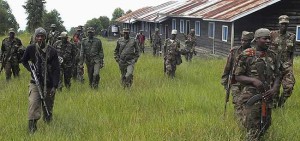
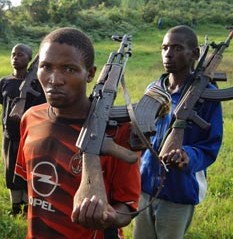 age. “They’re numb, they have been skewed, they have a different sense of what is normal. But this doesn’t mean they’re not aware of what they’re doing,” said Lloyd-Davies. Some soldiers express remorse, such as a man in “Seeds of Hope” who also said he would not admit his crimes unless his superiors were prosecuted. “They are the ones who sent us,” he said. “If those who committed these crimes can be arrested and judged, then that would be good.”
age. “They’re numb, they have been skewed, they have a different sense of what is normal. But this doesn’t mean they’re not aware of what they’re doing,” said Lloyd-Davies. Some soldiers express remorse, such as a man in “Seeds of Hope” who also said he would not admit his crimes unless his superiors were prosecuted. “They are the ones who sent us,” he said. “If those who committed these crimes can be arrested and judged, then that would be good.”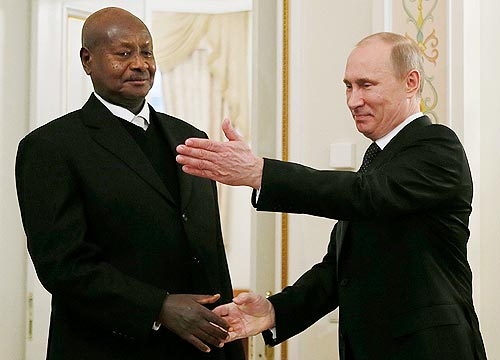
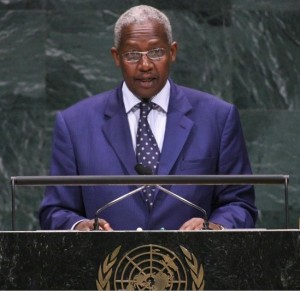 world headlines for aggression in Ukraine, and both have recently made headlines for passing strict anti-gay legislation–in contravention of and threatening the guarantees of the UN Charter of Rights and Freedoms, according to top UN representatives.
world headlines for aggression in Ukraine, and both have recently made headlines for passing strict anti-gay legislation–in contravention of and threatening the guarantees of the UN Charter of Rights and Freedoms, according to top UN representatives.